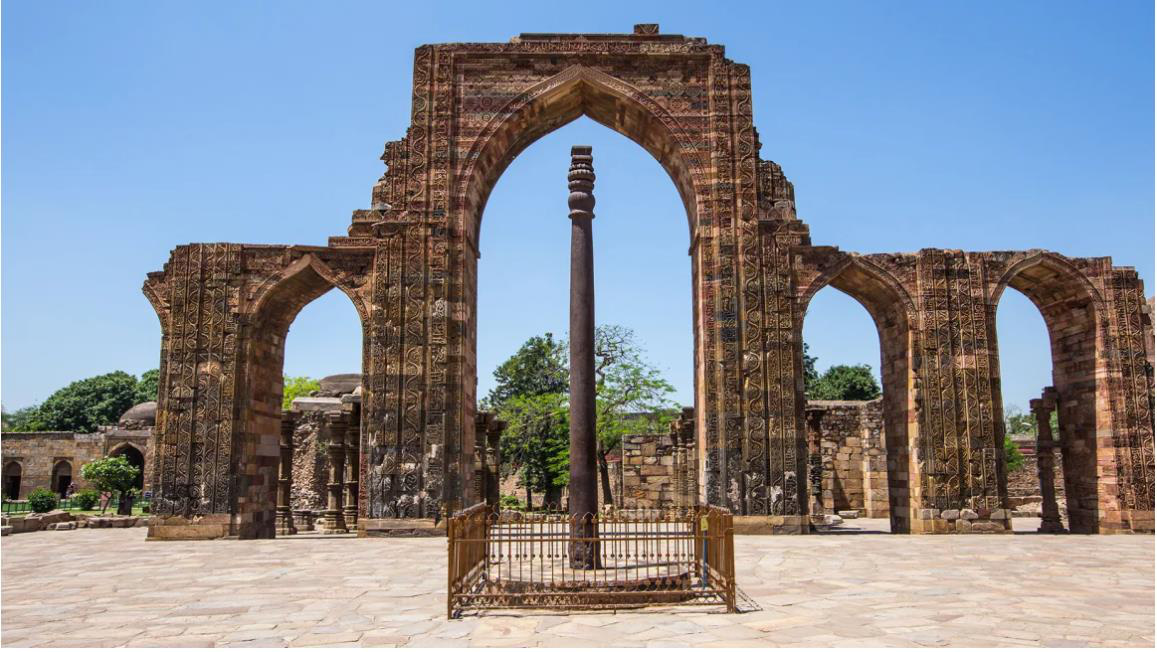
New Delhi's famous iron pillar sits inside the UNESCO-listed Qutb Minar complex - Photo: Allen Brown/Alamy Stock Photo
According to CNN, the Qutb Minar complex, recognized by UNESCO as a world cultural heritage in New Delhi, India, has an iron structure that has stood for 1,600 years without rusting, despite being exposed to many harsh conditions. This sounds unreasonable, because at the time it was built, there was no support from high technology.
This giant iron pillar is 7.21m high, 41cm in diameter and weighs about 6 tons.
Visitors only need to step into the courtyard of the Quwwat-ul-Islam Mosque to see this iron pillar with a decorative top that looks older than the entire complex. With such an appearance, many people have asked why this iron pillar can withstand corrosion for so long?
The surprising factor about the thousand-year-old iron pillar
Normally, structures made of iron and iron alloys when exposed to air or moisture will oxidize over time, causing them to rust unless they are protected. For example, the Eiffel Tower is painted with special paints.
Indian and foreign scientists began studying the iron pillar in 1912, to find out why the structure was not corroded.
It was not until 2003 that experts at the Indian Institute of Technology (IIT) in the northern city of Kanpur solved the mystery and revealed the answer in the journal Current Science .

The Quwwat-ul-Islam Mosque is part of the Qutb Minar complex, which has been recognized by UNESCO as a world cultural heritage site - Photo: Getty Images
After taking samples for analysis, they discovered that the iron pillar had a very high phosphorus content (about 1%) and lacked sulfur and magnesium. Its structure was unlike modern iron. The ancient craftsmen used the "welding by forging" technique. That is, they heated the iron and then used a hammer to keep the phosphorus content intact.
According to metallurgist R. Balasubramaniam, this method contributed to the pillar's strength. He also praised the ingenuity of the ancients, describing the iron pillar as "a living testimony to the metallurgical prowess of ancient India."
In fact, the durability of iron pillars is recorded in many historical documents. In an ancient document, an incident occurred in the 18th century when a bullet was fired at the pillar but the pillar was not damaged.
Legend surrounding the iron pillar
The origin of the iron pillar is also considered an unsolved mystery. It is hypothesized that the structure was built around the 5th century, during the reign of Chandragupta II, one of the most powerful emperors of the Gupta Empire.
According to this legend, the pillar was erected in the Varah Temple of the Udayagiri Caves, near Vidisha in Madhya Pradesh, as a victory monument dedicated to Lord Vishnu. Earlier, the pillar was said to have had a statue of Garuda, Vishnu’s mount, at its top. However, the statue later disappeared.
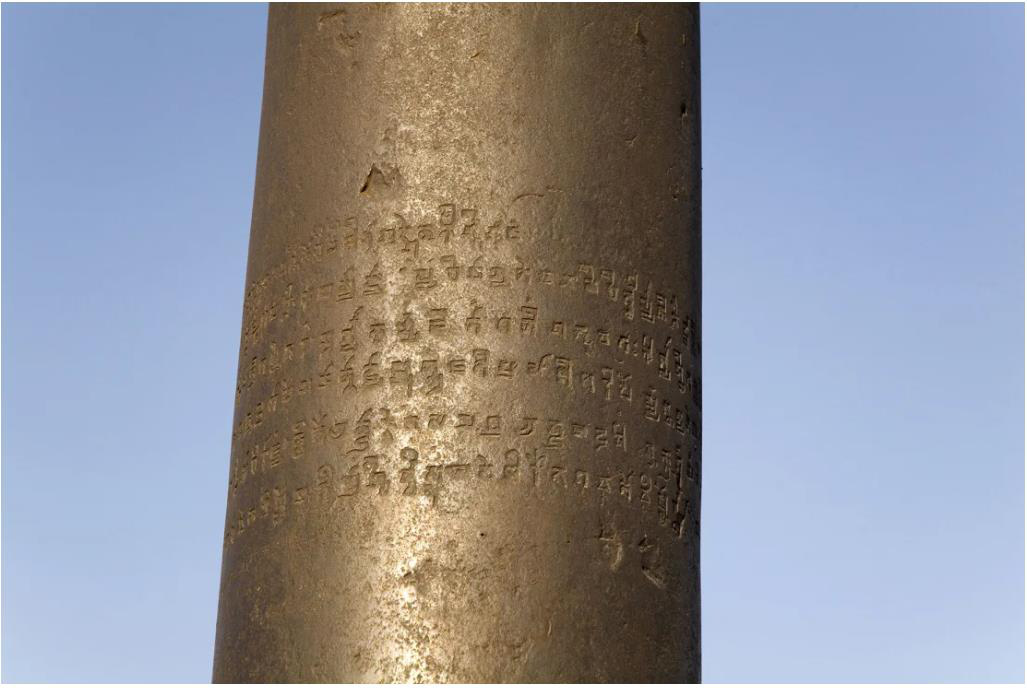
Close-up of the inscription on the iron pillar - Photo: Stuart Forster/Shutterstock
Another theory, put forward by heritage activist andeducationist Vikramjit Singh Rooprai, suggests that the pillar may have been acquired by Varāhamihira, a renowned astronomer in the court of King Vikramaditya. He says so because one of Varāhamihira's books describes in detail the use of a pillar to calculate celestial positions, eclipses, and other astronomical phenomena. Therefore, when he moved from Vidisha to Mihirapuri (now Mehrauli), where he established an observatory, it is possible that he took the pillar with him to continue using it in his research.
Additionally, several historical accounts record many prominent figures such as Raja Anangpal of the Tomar dynasty, Iltutmish and Qutbuddin Aibek relocating the pillar to the Qutb Minar complex.
In the epic Prithviraj Raso written by Chand Bardai, a courtier in the Chahamana dynasty under King Prithviraj Chauhan, it is mentioned that the iron pillar has a very great significance in protecting the Earth.
Conservation efforts
Although the pillar has not been damaged by the weather, scientists are concerned that it may have been affected by physical contact. There is a legend that anyone who touches the Qutub Minar will be blessed with good luck, so many locals and tourists flock here, leading to the visible fading of the famous monument.
As a result, local authorities have erected a protective fence around the iron pillar.
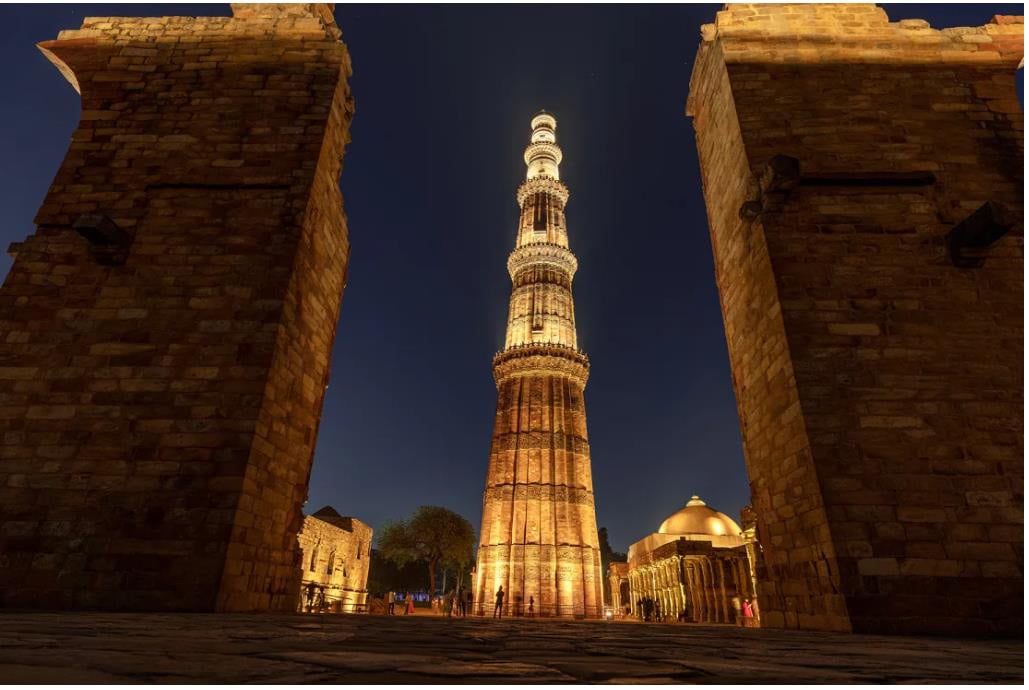
The Qutub Minar complex is named after this red sandstone tower - Photo: Ravi Pratap Singh/iStockphoto/Getty
Conservation architect and heritage expert Pragya Nagar told CNN that preserving this pillar is important to the entire complex, despite the fact that many surrounding areas have been destroyed and have needed restoration several times.
“If we look at the techniques used to create the iron pillar, in addition to helping us learn about its ancient origins, we can use the same methods to develop sustainable alternative materials. These can help reduce the environmental impact associated with processes such as metal extraction.”
Source: https://tuoitre.vn/cot-sat-6-tan-phoi-nang-mua-ca-ngan-nam-khong-he-gi-set-20240623104029913.htm


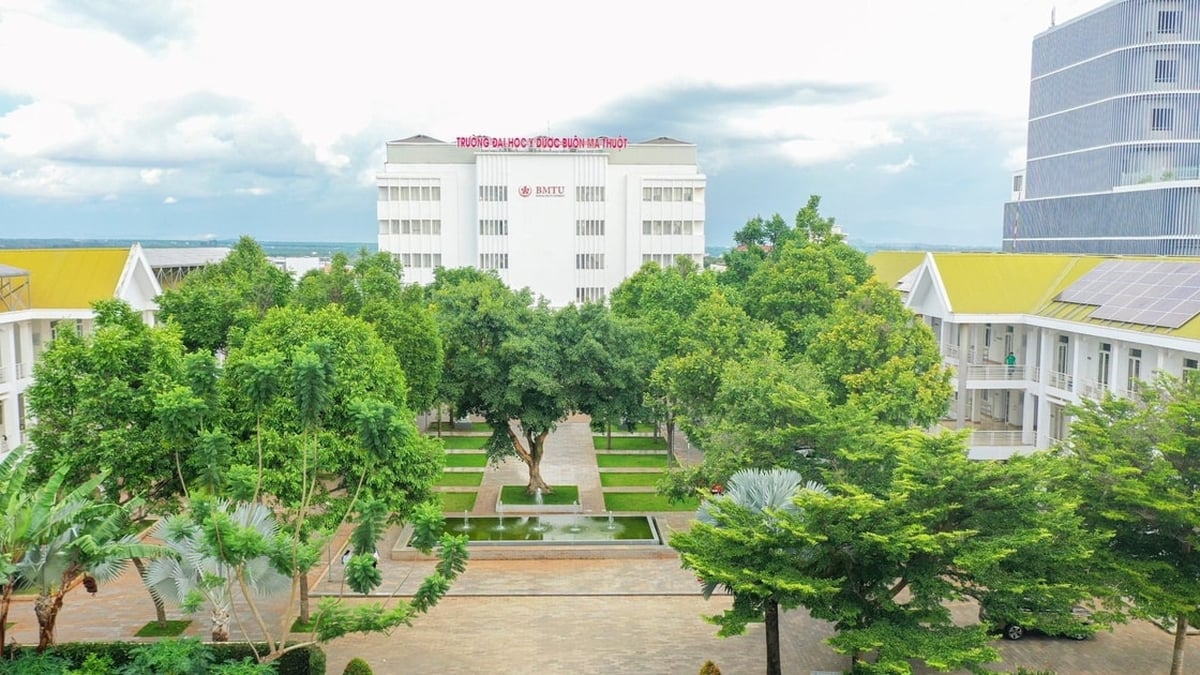




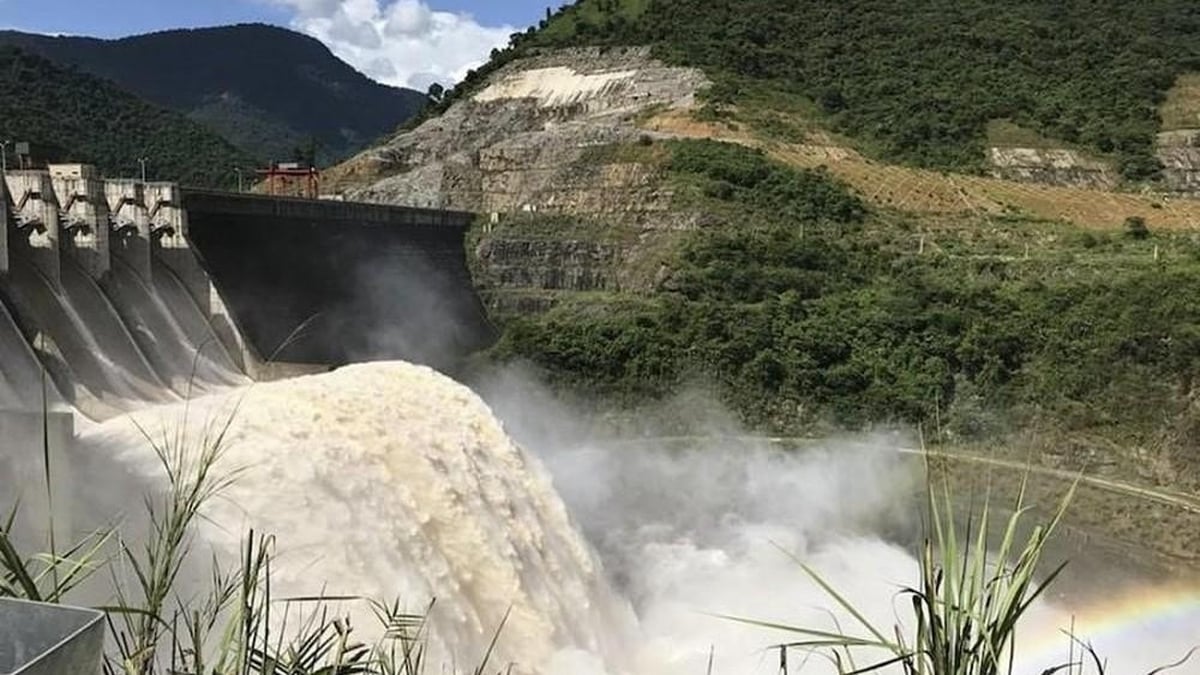















![[Photo] National Assembly Chairman Tran Thanh Man visits Vietnamese Heroic Mother Ta Thi Tran](https://vphoto.vietnam.vn/thumb/1200x675/vietnam/resource/IMAGE/2025/7/20/765c0bd057dd44ad83ab89fe0255b783)












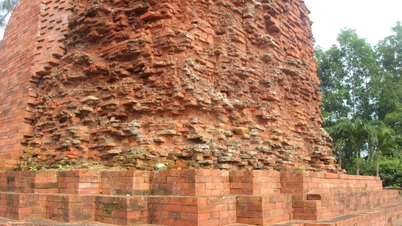


































































Comment (0)